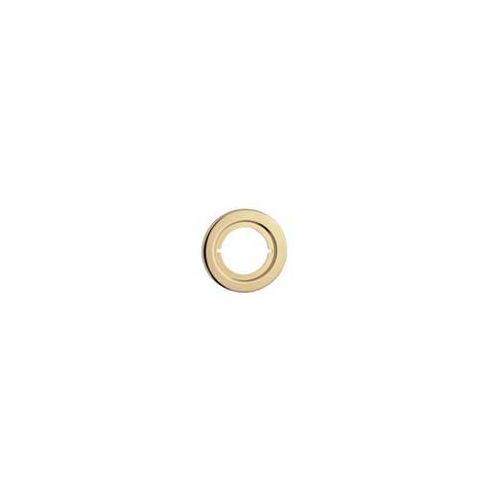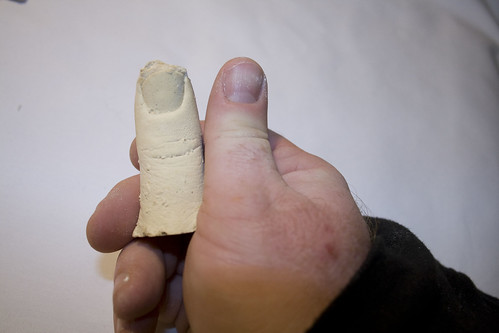Maybe buy yourself some water putty. If you don't, you'll forget what it's called next time you need to do a repair like this. The stuff lasts forever in a dry environment, and if you buy some, you'll have it and use it on the next wood repair project. I think you'll like it more than glazing putty for interior wood repairs.
the glazing putty takes a long time to harden.
That's because glazing putty is just a mixture of clay and linseed oil, and linseed oil takes a long time to solidify when exposed to air.
And, in fact, that's exactly how glazing putty is supposed to work. Wood is a natural material which swells and shrinks with changes in it's moisture content due to seasonal changes in atmospheric temperature and humidity. Glass, on the other hand, is a ceramic material that hardly expands or contracts at all with temperature changes (and is unaffected by humidity). Consequently, you don't want your glazing putty to harden up so that it won't be able to accomodate the relative movement between the wood and glass. You want it to remain a semi-solid for as long as possible SO THAT it can maintain a seal at the joint between the glass and the wood despite there being relative movement between them. Even if the exposed surface of the putty hardens up and cracks during it's lifetime, the still softer putty under that surface will continue to maintain a water tight seal between the wood and the glass. Eventually, however the putty needs to be replaced, but nowadays most people are replacing glazing putty with modern synthetic caulks which weren't available years ago when putty was most commonly used. They still use the glazing points to hold the glass in place, but use modern caulking around the glazing instead of putty.
i painted over it and it took the paint well.
Only paint over glazing putty with oil based paint. Because it contains linseed oil, I don't think latex paints will stick well to it. If you want to paint the door with a latex paint, then use an oil based primer over the glazing putty, and when that oil based primer is dry, paint over it with the latex paint.
i guess glazing putty is better than spackle in terms of strength. i put the doorknob on and it seemed to hold up ok.
They'd be about the same, I think. One is a mixture of clay and linseed oil, the other is a mixture of gypsum with a bit of glue. The strongest would have been water putty which is basically a mixture of Plaster of Paris and white wood glue.
i really wanted to use wood putty, the stuff that comes in a cylindrical tube, you cut and roll in your fingers to mix the hardening agent in,
No, anything that comes in two parts that have to be kneaded or mixed will most often be an epoxy. The stuff you're talking about (where you cut a piece off a tube and knead it to a uniform colour before setting it) is an epoxy.
Next time you want to repair indoor painted wood, try water putty:
DAP Products - Repair Products - DAP® Water Putty (Dry Mix)
Home Depot should sell it.
Or, if your "Painter's Putty" doesn't last, repair it better next time with water putty. (I'm presuming this is an interior door. Glazing putty will stand up better outside than water putty. Glazing putty is more or less water proof, whereas water putty is only for interior applications.)
Water putty dries to a hardness similar to wood. When mixed it's got a consistancy that allows you to shape it well, and it typically comes in a colour that's similar to wood so that it won't stand out like a sore thumb when stained. When hard, it'll be about the same hardness as Plaster of Paris, but it's be a lot tougher (cuz of the glue in it) so it doesn't crumble or crack easily. It can be drilled, but I wouldn't trust it to hold a screw as well as wood. Here's the colour of dry water putty (but it still looks a bit damp near the bottom of the thumb:






